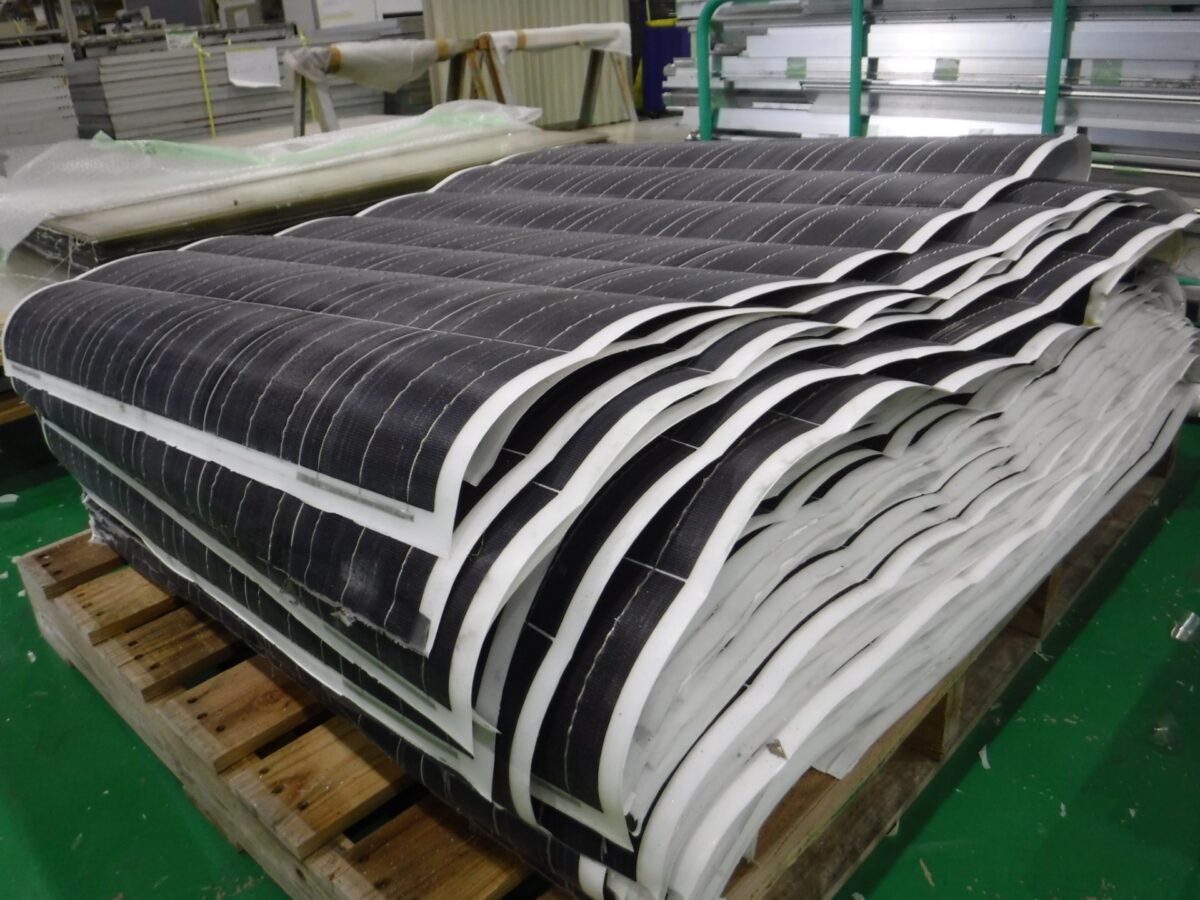Recycling has emerged as a pivotal element in forging a circular economy within the photovoltaic (PV) industry, enabling a sustainable and resource-efficient future. While the durability of PV modules presents a challenge for recycling efforts, a novel solution has surfaced in the form of the Hot Knife method. Collaborating with a leading technology manufacturer, Task 12 of the International Energy Agency's Photovoltaic Power Systems Programme (IEA PVPS) has released a new report, offering a comprehensive environmental life cycle assessment of this innovative PV recycling technique.
Recycling: A Cornerstone of Circular Economy for PV
As the number of decommissioned PV modules increases, the responsible management of end-of-life modules becomes essential to minimize waste and maximize resource recovery. Recycling not only conserves valuable materials but also significantly reduces the industry's environmental footprint, making it a critical driver of sustainable growth.
PV modules are engineered to withstand harsh environmental conditions for decades, showcasing the robustness and longevity of these devices. However, this very durability creates challenges in the recycling process. Among the most formidable obstacles is the intricate task of separating the glass from other layers of the module. Traditional recycling methods often struggle to efficiently and economically delaminate PV modules, necessitating a different approach.
Introducing the Hot Knife Method: A Novel Solution
The Hot Knife method stands out as a cutting-edge and innovative solution to the delamination challenge. By utilizing thermal treatment, this novel technique melts the polymers that bind the glass to the ‘cells/Ethylene-vinyl acetate (EVA)’ backsheet, facilitating the separation process. Preliminary treatment steps also achieve the removal of the junction box, cables and aluminum frames. The materials that can efficiently be recovered are aluminum and glass sheets, as opposed to contaminated crushed glass, which is the product of other recycling techniques. Other components sold for further treatment/recovery include the copper cables and cells/EVA backsheets. As a result, the Hot Knife method not only streamlines recycling efforts but also demonstrates the potential to significantly reduce energy consumption and greenhouse gas emissions associated with recycling.
IEA PVPS Task 12 Collaboration: Assessing the life cycle related environmental impacts
Recycling processes are most valuable if their contribution to the overall system environmental footprint is low. IEA PVPS Task 12, in collaboration with a prominent PV technology manufacturer, embarked on the journey to assess the environmental impact of the Hot Knife method.
The report “Life Cycle Assessment of Crystalline Silicon Photovoltaic Module Delamination with Hot Knife Technology” delves into the comprehensive scope of life cycle assessment, encompassing all stages of the Hot Knife recycling process. From material extraction to module manufacturing, usage, and eventual recycling, the LCA offers a holistic evaluation of the environmental impacts associated with the Hot Knife method. The environmental impacts caused by the delamination process are attributed to the materials recovered and compared to the environmental impacts caused if these materials were produced from primary resources.
Popular content
The findings of the report underscore the impressive environmental efficiency of the Hot Knife method. It efficiently recovers aluminum and glass and separates the backsheet (containing cells/Ethylene-vinyl acetate (EVA)). Based on measured data from the manufacturer, the use of this technology contributes 0.3% or less to the life cycle related environmental footprint of PV electricity in any impact category. Additionally, compared to the environmental impacts of virgin materials, the environmental impacts of recovered materials are lower by 80-98% depending on the impact category. Notably, the recycling process significantly reduces energy consumption, greenhouse gas emissions, and the overall environmental footprint compared to corresponding primary materials. Additionally, the recovery of valuable materials highlights the potential for greater resource efficiency within the PV industry.
Due to the high environmental efficiency, the technology is now being used in one of the largest commercial scale PV recycling facilities in the world (by ENVIE in Saint Loubès, France), as well as some facilities in Japan. Through this early experience, further improvements, such as gains in energy and consumables efficiency are to be expected as this technology is deployed in other applications and upscaled to larger volumes.
Conclusion
As we strive to build a cleaner, greener future, embracing PV recycling emerges as a fundamental pillar in the transition towards a sustainable energy landscape. As proven by the Task 12 report, the Hot Knife method represents an innovative approach to address the challenges of PV module recycling in an environmentally efficient way. Certain aspects however had to be excluded from the Task 12 study due to the lack of available data, including the treatment of copper cables, the treatment of the backsheet and the recovery of copper and silver during these treatments. These processes still need to be added in a future life cycle assessment study.
Author: Bettina Sauer
This article is part of a monthly column by the IEA PVPS programme. It was contributed by IEA PVPS Task 12 – Enabling Framework for the Development of BIPV.
The views and opinions expressed in this article are the author’s own, and do not necessarily reflect those held by pv magazine.
This content is protected by copyright and may not be reused. If you want to cooperate with us and would like to reuse some of our content, please contact: editors@pv-magazine.com.


2 comments
By submitting this form you agree to pv magazine using your data for the purposes of publishing your comment.
Your personal data will only be disclosed or otherwise transmitted to third parties for the purposes of spam filtering or if this is necessary for technical maintenance of the website. Any other transfer to third parties will not take place unless this is justified on the basis of applicable data protection regulations or if pv magazine is legally obliged to do so.
You may revoke this consent at any time with effect for the future, in which case your personal data will be deleted immediately. Otherwise, your data will be deleted if pv magazine has processed your request or the purpose of data storage is fulfilled.
Further information on data privacy can be found in our Data Protection Policy.